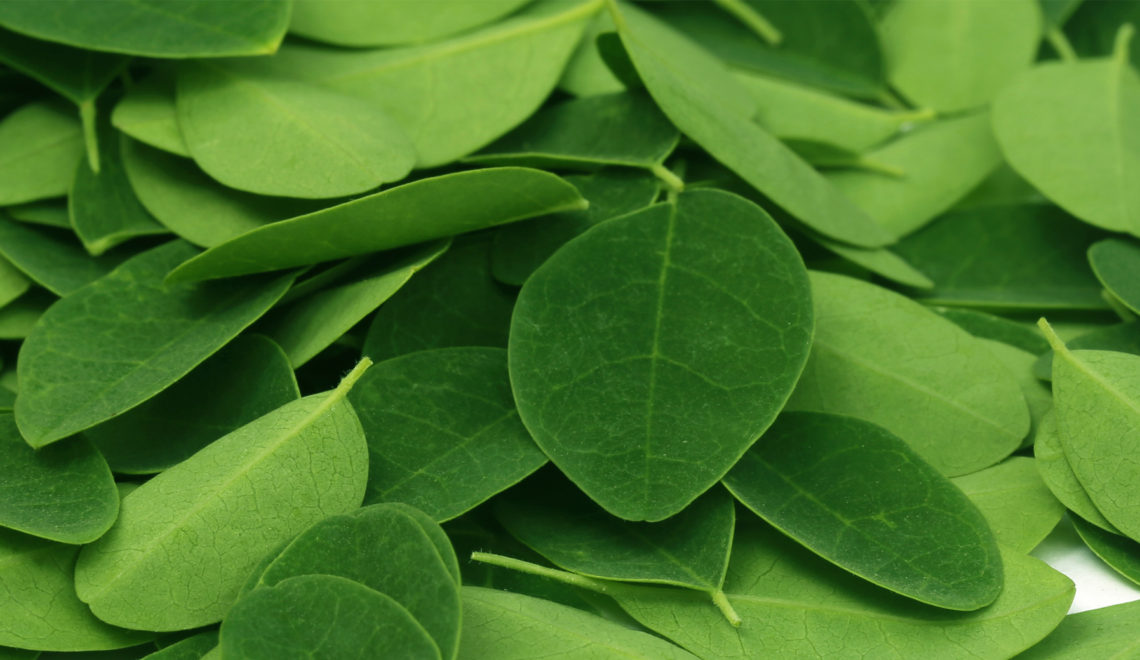
Iron plays a major role in the function of our bodies, and many people do not get enough of it. According to the WHO – almost 30% of the world’s population is iron deficient. But what does this mean? And what happens when you don’t consume an iron rich diet?*
Iron’s Role
Iron’s primary purpose, among many others, is to help our blood transport oxygen. Now for all the science nerds out there we’re going to have a bit of Bill Nye review. So first we’ve got blood, this super incredible bodily fluid. If you take blood and zoom in on it under a microscope you’ll notice that there are two types of blood cells. Red blood cells (RBC), otherwise known erythrocytes and white blood cells (WBC), known as leukocytes. WBCs are our body’s defense mechanism. Within white blood cells, there are a variety of antibodies and immune functions that respond to infection. RBCs are compact discs that serve to transport oxygen, and clot together in the event of injury.
So how does iron tie into this? Within RBC’s there are protein molecules called hemoglobin. When the heme unit of hemoglobin is bound to iron, the red blood cell is able to pick up an oxygen molecule from the lungs. Once the oxygen molecule is bound to the RBC, oxygen is able to be transported throughout the rest of the body by the red blood cell. Similarly to how iron binds to the heme unit in hemoglobin, the same thing happens in another protein, myoglobin. Myoglobin is different from hemoglobin, as it does not reside in blood cells, but instead in muscle cells. Once iron is bound to the heme unit of myoglobin, oxygen is able to be stored within the cells of our muscles.
Similarly to how iron binds to the heme unit in hemoglobin, the same thing happens in another protein, myoglobin. Myoglobin is found in the cells of our muscle tissue. Myoglobin also contains a heme unit. Once iron is bound to the heme unit of myoglobin, oxygen is able to be stored within the cells of our muscles.
Oxygen gets used up quickly by all cells in the body, hence why we breathe roughly 24,000 times a day. Without necessary amounts of iron incorporated to our diet iron deficiencies of varying severity may occur.
Heme vs Non-Heme Iron
Now that we know what iron does in our bodies, how does it get there in the first place? Our food! As a mineral, iron is present in both animal and plant foods. Iron itself can be classified into one of two categories based on it’s origin: heme and nonheme. Heme iron sources contain hemoglobin and myoglobin – therefore coming from animal foods. (Animals have blood & muscles too!) Nonheme sources are also present in animal foods, even though they do not contain hemoglobin or myoglobin. The majority of nonheme sources come from plant-based foods.
Iron and the Vegetarian Diet
For vegetarians, iron can be a tricky nutrient to absorb. Animal foods (meat, poultry, and fish) contain a peptide, known as MFP factor. MFP factors help the body absorb nonheme sources of iron, however for vegetarians they would not be including animal foods in their diet – therefore they have no MFP factor.
Due to this conflict it is recommended that vegetarians…
1.) consume an increased amount of iron, specifically 32 mg per day for women, and 14 mg per day for men. (For those reading who are not vegetarian the recommendation is 18 mg per day for women and 8 mg per day for men.)
2.) Consume Vitamin C sources along with iron in order to aid in absorption.
PHEW. With our science lesson over we can get to the good stuff. Obtaining iron from vegetarian sources can be pretty easy, not to mention delicious.
Top Vegetarian Iron Sources
Moringa
You saw this coming, right? If you read our blog regularly, you probably already know that moringa is a more nutrient-dense green vegetable than kale! In fact a serving of moringa contains 6x more iron than a serving of kale and 2x more iron than a serving of lean ground beef. A single serving of moringa leaf powder will give you half of your daily recommended iron and is equal to two whole servings of leafy greens! This is great news for vegetarians who have a hard time getting enough iron.
Beans
They’re back again! Beans are a staple in a vegetarian diet. Not only as a
great iron source, but they are packed with plenty of fiber, protein and
complex carbohydrates.
Iron values per ½ cup portion of various beans
Adzuki beans (aka small red beans) = 2.30 mg
Black Beans = 1.80 mg
Garbanzo beans (aka chickpeas) = 2.36 mg
Lima beans = 2.08 mg
Cashews
Cashew buttaaaah Enough said. So tasty while still serving as a good iron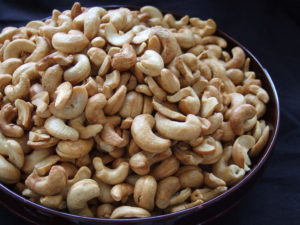
source, 1.62 mg per 2 Tbl. Be on the lookout for added sugar and salt
though. If you’re more of a snacker instead of a spreader, go for ¼ cup
cashews in their al’ natural form.
Spinach
One of my personal favorite greens, spinach, is a versatile vegetable
that can be used throughout any meal of the day. Tossed in a breakfast
scrambled, or topped with berries, nuts and balsamic dressing for a
main entree. Not to mention it boasts 3 mg per raw cup
Tofu
Tofu is a great iron source for vegetarians. A half cup serving can account for as much as 36% of the average daily intake.
Fortified Grains and Cereals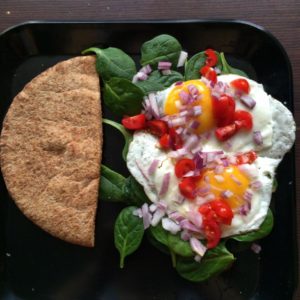
Cereals are a quick and easy way to get your daily iron intake. Depending on the brand and flavor some varieties can have as much as 18 mg per serving. Whole grains are usually fortified with iron which can help you reach your daily intake.
*There are other ways in which individuals can develop varying degrees of iron deficiencies, not discussed in this post.
**Sizer, Nutrition Concepts & Controversies
***USDA Dietary Guidelines for Americans 2015-2020


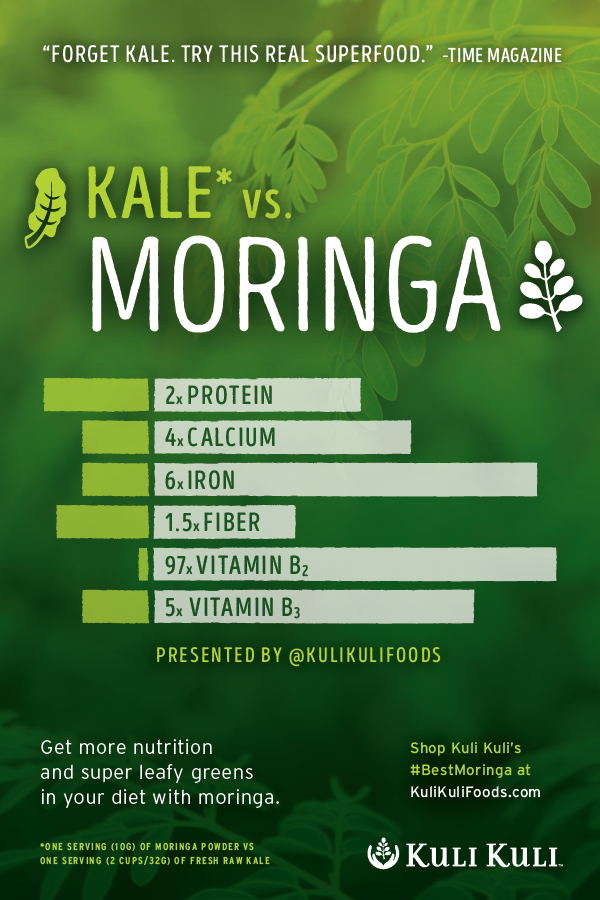

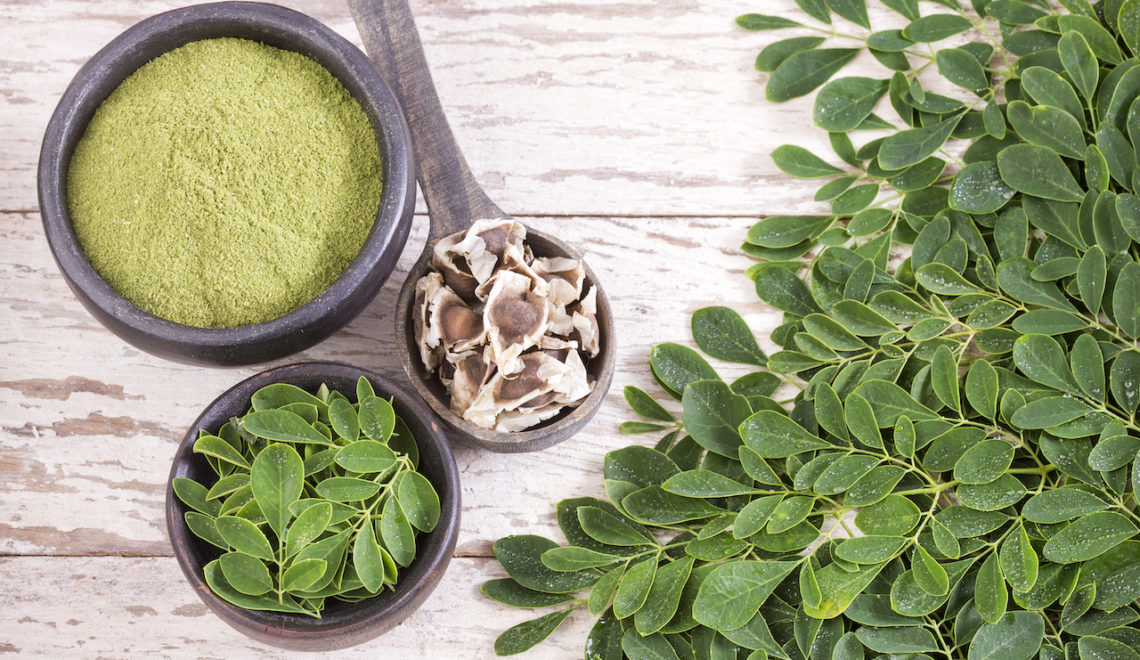





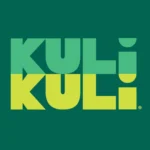

I enjoyed reading your well written, informative article. Keep writing.
A devoted fan,
Nana
We are so glad you enjoyed it! Thanks for reading!